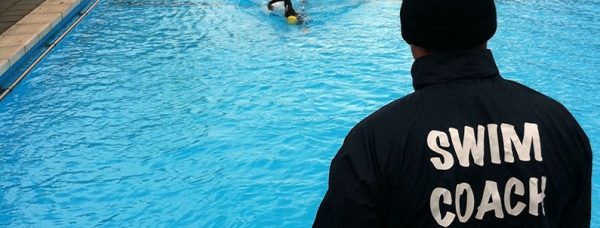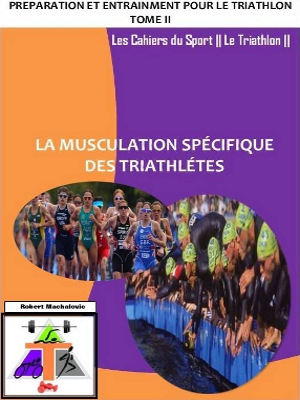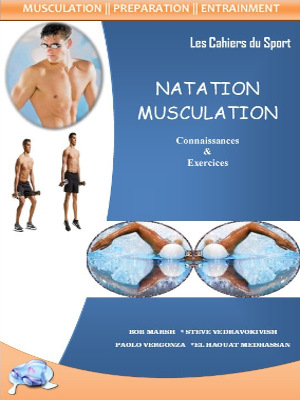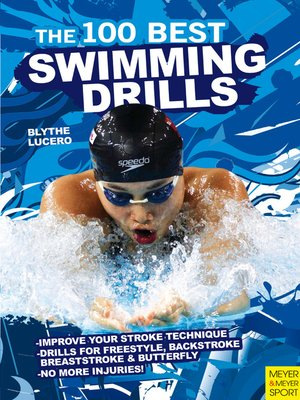The length of the mesocycle will depend on the specific training and/or competition objectives for the mesocycle and the individual swimmer's current fitness level. It is apparent that coaches of leading international swimmers are incorporating more variety within the macrocycles than a few years ago.
Macrocycle :
The term macrocycle refers to shorter training blocks within the mesocycle. Typically these are 2-4 weeks in length. The duration of a macrocycle depends on the objectives and type of training used in each stage of the annual plan. In physiological terms, the macrocycle is used to develop or improve a specific aspect of fitness. The classical structure of a macrocycle involves two to four "developmental" or "accumulation" microcycles (increasing volume) followed by an "intensification" or "tuning" microcycle (increasing intensity). A number of macrocycles forma single mesocycle.
Experience has shown that after several weeks of intensive or extensive work, most athletes require some period of recovery (and within macrocycles as well). There are many types of macrocycle depending on the requirements of the program, coach, and athlete. Some examples used by swimming coaches are the introductory macrocycle (general training, low volume-low intensity), preparatory macrocycle (transition from low volume-low intensity to higher volume training), specific macrocycle (more specialized higher intensity training, with emphasis on improving competitive speed), and the competition macrocycle (competitive performance on a single or repeated basis). In each case, the volume and intensity of work will vary according to the specific requirements of the program and individual athlete.
The better coaches (and swimmers) are always aware of "where they are up to" in the training program. Losing speed and experiencing excessive fatigue and staleness in long and arduous meso- or macro-cycles is nota very efficient approach to training. Athletes should not struggle with their training for more than a few days without some intervention.
Microcycle :
The term microcycle refers to a short-term training block within a macrocycle.
The aim of the microcycle is to target specific components of fitness. Most commonly swimming training microcycles are planned around a standard 7-day training week. Coaches and athletes are creatures of the modern working week and most swimmers have to fit their training programs around work, education, and family commitments. However, coming in to important meets such as the Olympics, the training schedule takes precedence and the day of the week, weekends, and public holidays become less important.
The microcycles represent the specific plans and strategies needed to achieve the broader objective of the macrocycle. The microcycle consists of the individual (daily) workouts based on the objectives of the macrocycle.





